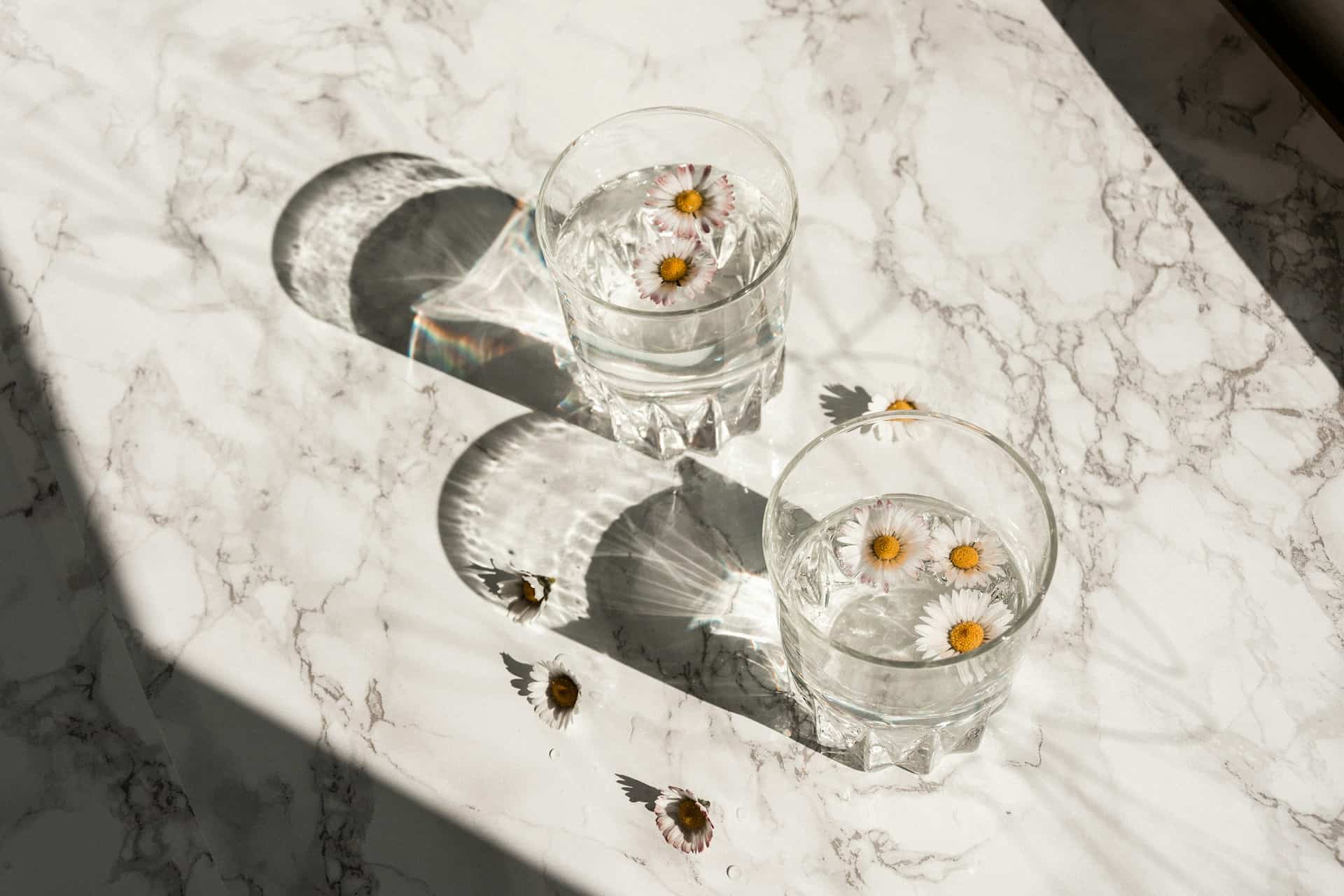Home design is greatly influenced by the elegance of natural stone, and when it comes to a royal presence in your living spaces, few materials can match the timeless allure of marble. Yet within this luxurious spectrum, two types stand distinct but often misunderstood: Calacatta and Carrara.
In this detailed comparison, we’ll guide you through the characteristics, applications, and care of these iconic marble varieties, helping you make an informed choice for your next renovation project.
The Origins and History of Calacatta and Carrara Marble
To appreciate the value of these marbles, it’s important to understand their beginnings. Carrara marble hails from the town of Carrara in the Tuscany region of Italy, where it’s been quarried for over 2,000 years. Renowned for the bluish-gray veins trailing its pure white background, Carrara has been the marble of choice for sculptors and architects, including Michelangelo himself.
Conversely, Calacatta stone is extracted from the Calacatta quarries in the Apuan Alps, also located in the Carrara region. While it shares its birthplace with Carrara, Calacatta boasts a whiter base and often more pronounced and dramatic veins of gold and gray that twine boldly against its canvas. This variety is rarer and is considered the more luxurious of the two.
The Distinctions in Aesthetics
Carrara’s Subtle Elegance
Carrara’s veining is typically fine and feathery, delicately scattered across its milky background. The look is one of quiet sophistication, a fine balance between classical beauty and contemporary elegance. This subtler approach often makes Carrara marble a popular choice for those seeking a more understated, timeless appeal.
Calacatta’s Striking Contrasts
In contrast, Calacatta stone makes a bolder statement with its thicker, darker veining that creates a more dramatic impression. The white and gold palette in Calacatta Gold, for instance, exudes opulence and warmth, making it a statement piece that’s highly sought after in high-end interior design, especially for kitchen countertops. Its natural charisma can infuse any space with an air of grandeur and splendor.
Functional Differences and Best Use Cases
Carrara: Beauty with Versatility
Carrara’s versatile look complements a wide range of interior styles, from modern to traditional. It’s commonly found in bathrooms due to its classic look that pairs beautifully with white fixtures. It’s also a popular choice for baker’s kitchens, as the pale coloring resists heat, a crucial quality for working with pastries and chocolates.
Calacatta: The Showstopper
Calacatta, on the other hand, is the preferred choice for those who want their surfaces to be the focal point. Its polished finish and bold veining make it ideal for statement pieces like kitchen islands, splashback, and luxurious bathroom vanities. While Calacatta stone does require a bit more care to maintain, its unparalleled appearance is worth the effort for many homeowners.
Maintenance and Care Tips
Keeping Your Carrara Classic
Carrara is relatively low-maintenance. However, being a porous material, it does require sealing to protect it from water-based stains. It’s also important to avoid acidic substances like citrus, wine, and vinegar, which can etch the surface over time. Routine cleaning with a gentle, pH-neutral cleaner and the occasional light buffing to remove fine scratches will keep Carrara looking its best.
Preserving the Opulence of Calacatta
Calacatta, with its bright white background, is more susceptible to staining and etching, so it requires more attention. Sealing is a must, and spills should be promptly wiped up. For everyday cleaning, a mild soap and water solution are suitable. Avoid harsh cleaning agents, especially those containing abrasives or ammonia, as these can dull the fine surface of Calacatta marble.
Which One is Right for You?
Consider Your Style
If your home design leans more toward the transitional and you prefer a look that can adapt to various trends, Carrara might be the ideal choice. Its versatile nature and long-standing popularity make it a safe, yet stylish, bet.
On the other hand, if you’re drawn to a more luxurious and bold aesthetic that won’t go unnoticed, Calacatta stone may be the perfect fit. It provides a high-contrast backdrop that can elevate any space from simple to sumptuous.
Assess Your Lifestyle
Your lifestyle plays a significant role in the choice between these marbles. Families with a lot of cooking activity might find Carrara more forgiving thanks to its better resistance to staining and less dramatic pattern that can hide crumbs and clutter. On the other hand, for those who entertain frequently and want to make a statement, Calacatta’s rich patterns might be more satisfying.
Project Budget
Finally, consider your budget. Calacatta stone is generally the more expensive option, while Carrara offers a similar look at a more affordable price point. Think about your priorities and where you want to invest in your home. If your countertop or flooring is a major focal point, you might find that the extra investment in Calacatta is worth it for you.
Making the Right Choice
In the end, both Carrara and Calacatta marble bring an exquisite touch to any home project. Their nuanced differences cater to diverse tastes and functional needs, offering a luxurious upgrade to your living space. Whether you’re renovating a historic property or bringing a touch of elegance to a modern home, the enduring allure of marble is a captivating choice for any homeowner.
Remember, the best way to decide is to see these stones in person or request samples to evaluate them in your home’s natural light. Consulting with a design professional can also be invaluable in making the right decision that combines the beauty of the material with the practical considerations of your lifestyle and usage requirements. No matter which marble you choose, the result will be a space that exudes sophistication and a sense of permanence, proving once again that these natural stones are timeless for a reason.


